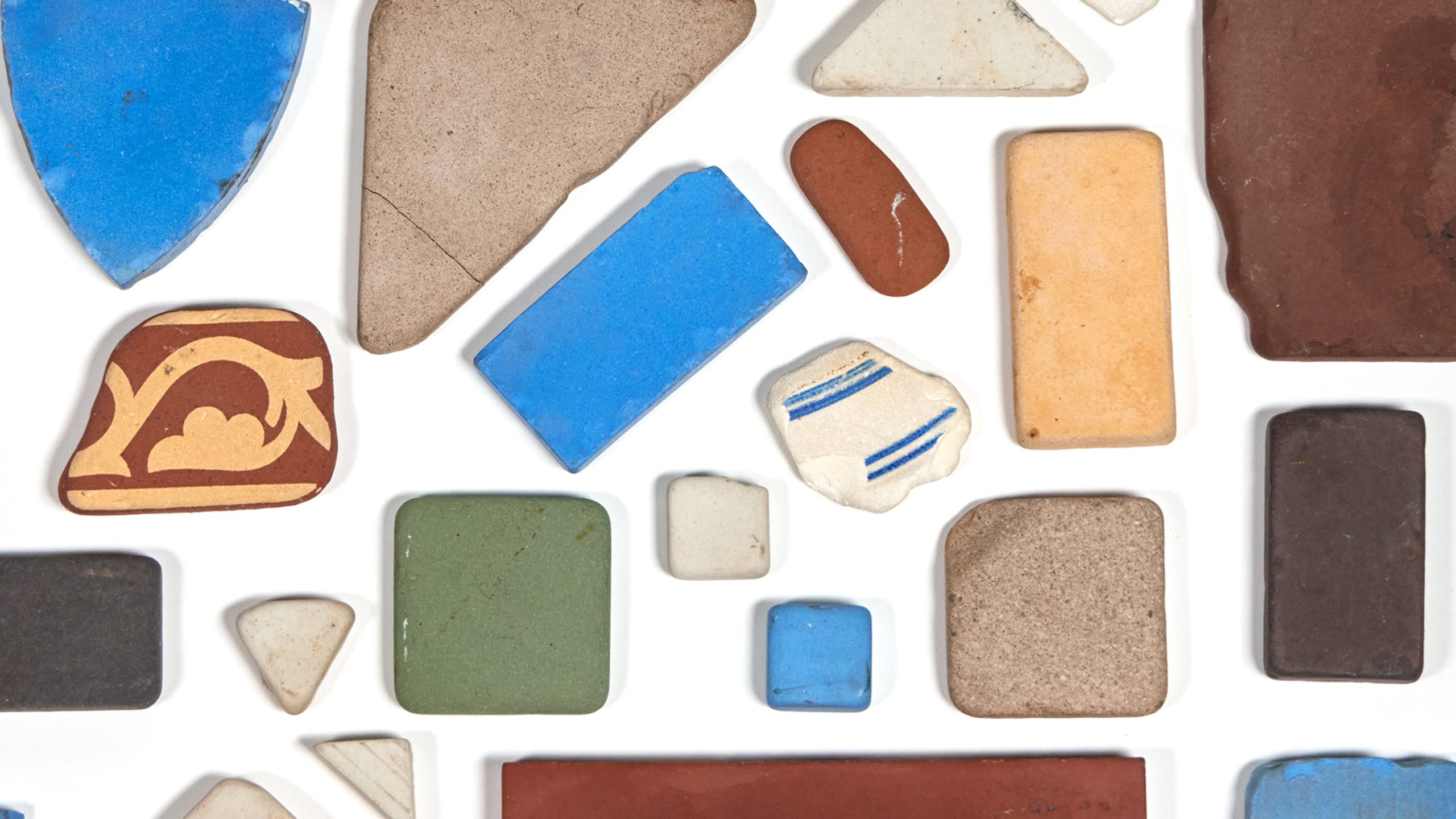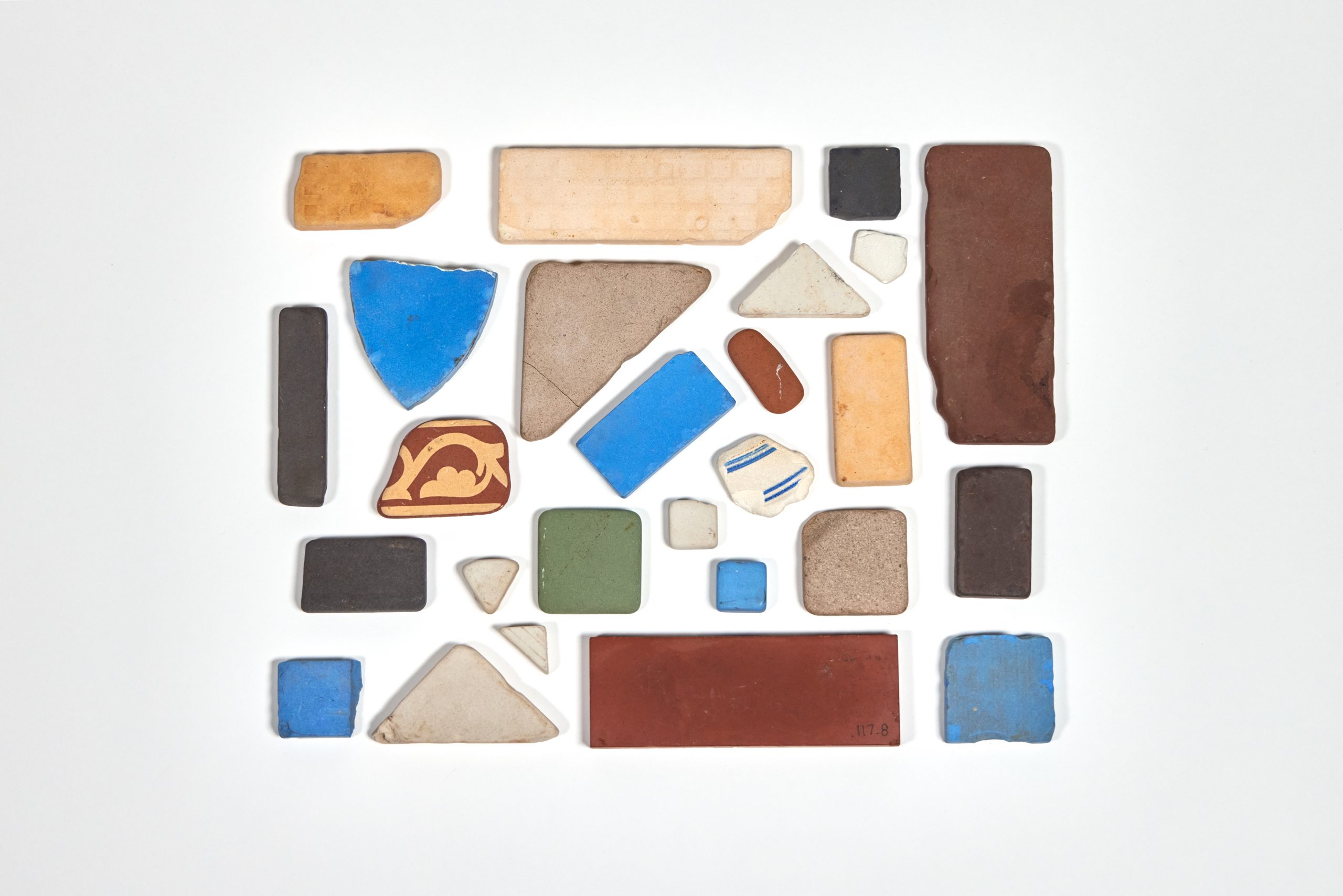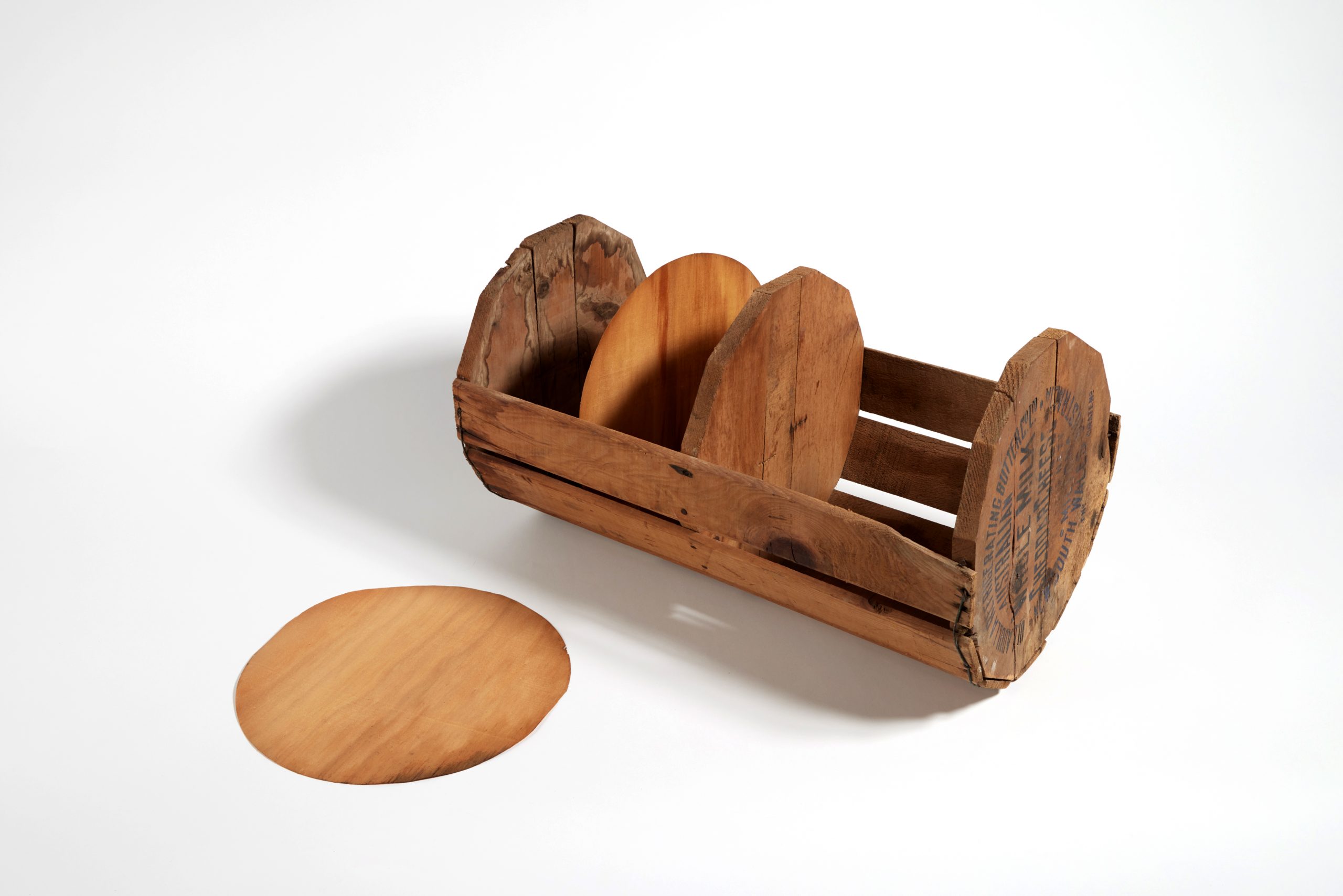An Enduring Mystery
Tile Fragments from the Walter Hood Shipwreck
When visiting the white sandy beaches around Wreck Bay on the NSW South Coast in the 1920s-30s, beachgoers must have been surprised by the curious sight of small, brightly coloured, earthenware tiles half-buried in the dry sand. Their once sharp edges slowly made smooth by the action of the waves.
Hundreds of tiles, or perhaps thousands, like these found near Bendalong, were among the tons of cargo plunged into the bay when the ship Walter Hood was wrecked in late-April 1870. Several decades later, they were still washing up on shore.
Although tiles were not mentioned on the ship’s cargo manifest, they were evidently packed among the many boxes and parcels loaded onto the ship in London. Possibly manufactured by Minton’s, Staffordshire, Europe’s leading ceramic manufacturer of the era, the tiles were intended for laying in tessellated flooring, which was popular in Victorian gothic revival style buildings.
So, who was expecting the delivery of these tiles in Sydney? Were they intended for a new bank and among the eight packages on board addressed to the Bank of NSW? Or were they needed for railway stations and among the 125 packages for the Railway Commissioners?





